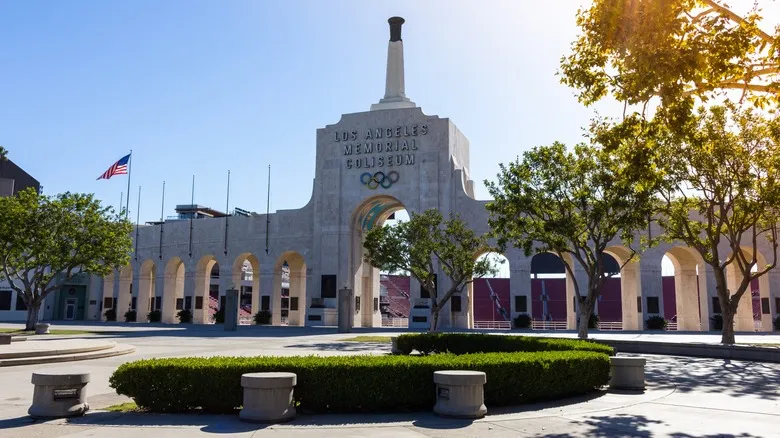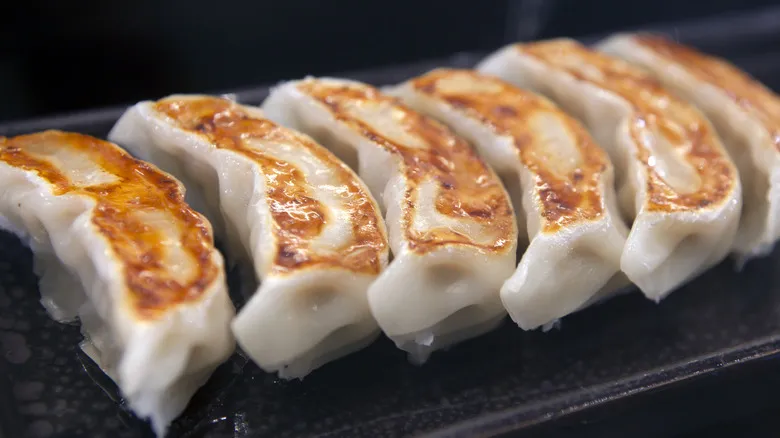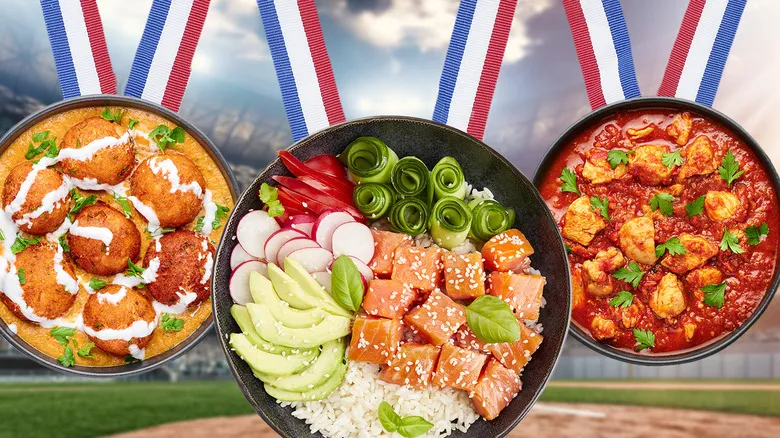What the '84 Olympians ate

Food has always been a significant concern for Olympians, and in the early days of the modern games, athletes had limited choices. The host city typically offered a narrow selection of local dishes. This changed when Los Angeles hosted the games for the first time in 1932, introducing a series of dining halls, each highlighting a different regional cuisine. This approach set a precedent that lasted until 1984, when the city once again transformed the dining experience by providing an international menu in each hall, allowing Olympians from around the world to enjoy familiar foods from their homelands while also sampling new dishes. This model has been adopted by subsequent Olympic hosts ever since.
For the 1984 Olympic Games, Aramark, then known as ARA Services, was responsible for catering. Their task was substantial: to feed around 10,300 athletes from 142 countries. To satisfy such a diverse range of tastes, the 1984 Games featured international delicacies like North African couscous, Fijian yaqona, and Korean kimchi (which gained global popularity four years later during the 1988 Olympics). Variety was key, with each meal offering four entrée choices, two soups, two hot vegetable sides, and up to 14 different salads. Emphasizing fresh, local ingredients such as avocados and artichoke hearts was a primary focus, and the 1984 Games played a crucial role in establishing California's reputation for farm-to-table cuisine.
How the 1984 Olympics changed nutrition for athletes

The 1984 Olympic Games placed a greater focus on nutrition compared to previous editions. Athletes need a significant amount of calories to support their performance, leading to a single boxed lunch at the 1984 Games containing 2,500 calories—equivalent to a full day's worth of food for an average adult male, as per the NHS. These lunches typically included a meat sandwich, fruit, nuts, cheese and crackers, yogurt, dessert, and a candy bar.
The 1984 Olympic Committee entered into a promotional partnership with Mars, designating M&Ms and Snickers bars as the official snacks of the Games. This decision sparked controversy when nutritionists highlighted the differing impacts of high-fat, high-sugar foods on athletes compared to the average viewer. Additionally, isotonic sports drinks were made available in Olympic dining halls. At that time, many still believed that water was the best option for hydration, but this perspective was beginning to change in the '80s, with Los Angeles being the first host city to acknowledge it.
However, the 1984 Games were not without their shortcomings. Several swimmers and track athletes voiced concerns about the limited availability of low-fat food options. Even these shortcomings led to positive outcomes, as the Olympic committee commissioned an official report to identify areas for improvement. In the years that followed, dietary specialists and nutrition labels were introduced, paving the way for enhanced food options and more record-breaking athletic achievements.
Recommended

Salsa Golf: The Obscure Sauce Created By A Nobel Prize Winner

Kitchen Tools That Were Popular 50 Years Ago But No One Uses Anymore

The Ancient Roman Origins Of Birthday Cake

What Are Gyoza? Japan's Favorite Dumplings, Explained
Next up

